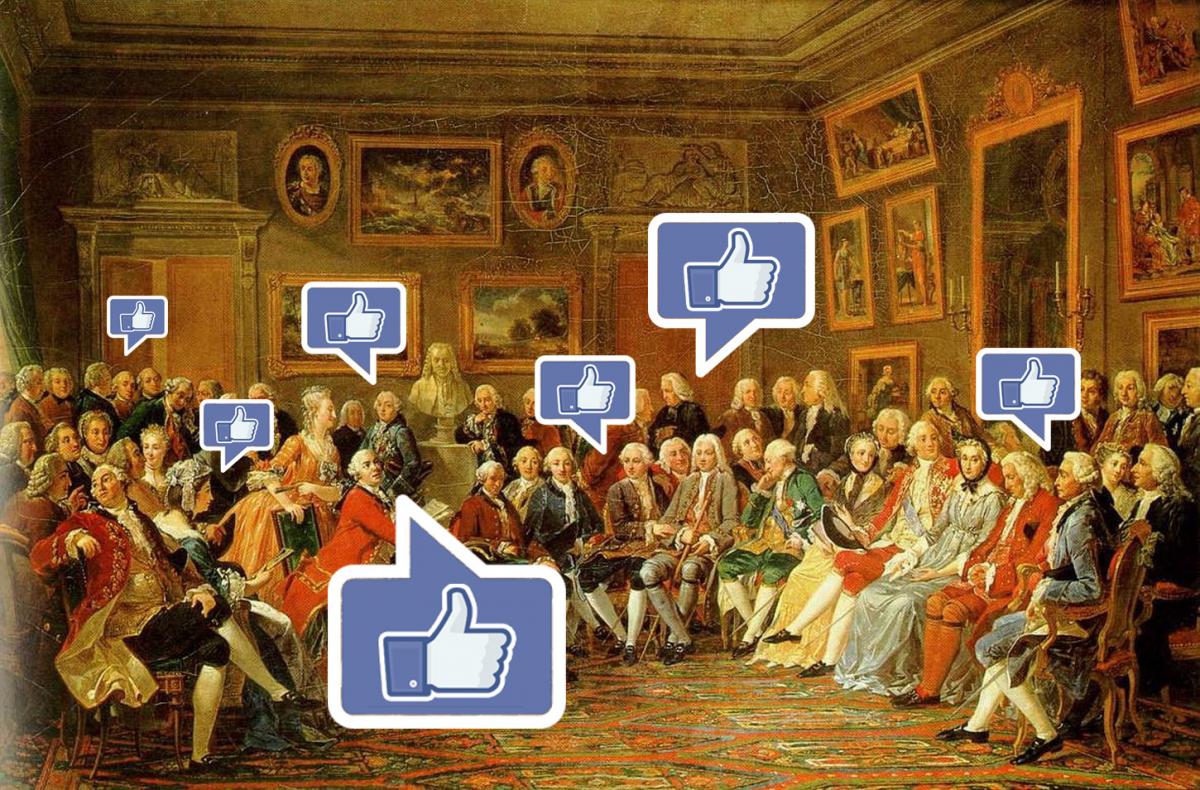Cultural theorist Jürgen Haberma’s public sphere is defined as “a virtual or imaginary community made up of private people gathered together as a public and articulating the needs of society with the state”. These gatherings where ideas are exchanged have shifted in a way that anybody can participate in a discussion, at any place, in any moment. This might sound like we have optimized our public spheres in a way that more people can participate in the discussion, but is this true?
Let’s think about a scenario where a controversial policy is up for discussion. A politician expresses their stance on the policy through Twitter, and seconds later, you get a notification of that politician’s tweet. You might be enraged with that politician’s tweet, or perhaps you might fully agree with it. Regardless of your stance, you actively choose to speak about it on your social media platforms and begin a conversation. Scenarios like these occur almost every day, so we might say that yes, social media is the new public sphere.
Haberma’s theory specified that the public sphere was dependant on certain conditions such as:
- the extent of access
- the degree of autonomy
- the rejection of hierarchy
- the rule of law
- and the quality of participation
In our social media ecosystems, these conditions do not exist. Our discussions are highly influenced by external factors making our discussions inorganic. In the previous scenario, there was a motivation to spark a conversation about an issue; the news. In that case, the agenda setting of the media effectively chose what people were going to talk about. Even though this is not always the case, often times, the topics people talk about on social media are determined by the news, what’s trending, or who set the topic. Since social media is ultimately controlled by algorithms. Therefore, a discussion will have a far larger reach if somebody with influence voices their opinions vs. an average user. If you think about it, our public spheres are determined by who wants us to talk about what particular thing and with what purpose.
Although yes, social media has provided us with a great space to engage in controversial discussions, they are not organic. Our debates are determined by so many external factors such as algorithms, eco chambers, influencers, agenda setting and more. Even though a traditional public sphere also has its sets of limitations, social media’s limitations are out of the user’s control.
I agree with your assertions here to a great extent! The inorganic nature of debates was a point that particularly struck me as it is extremely true and relevant. In class, we discussed the importance of stumbling upon information and debate in order to organically engage with it. With every piece of media we consume and engage with curated to us, it is impossible to fully embody an ideal public sphere.